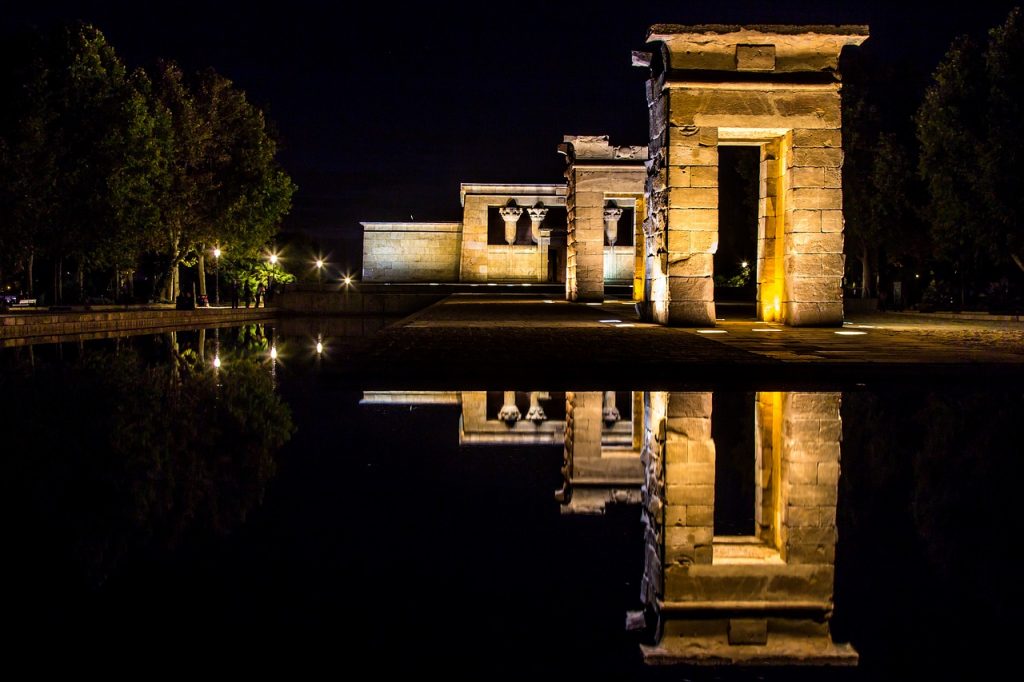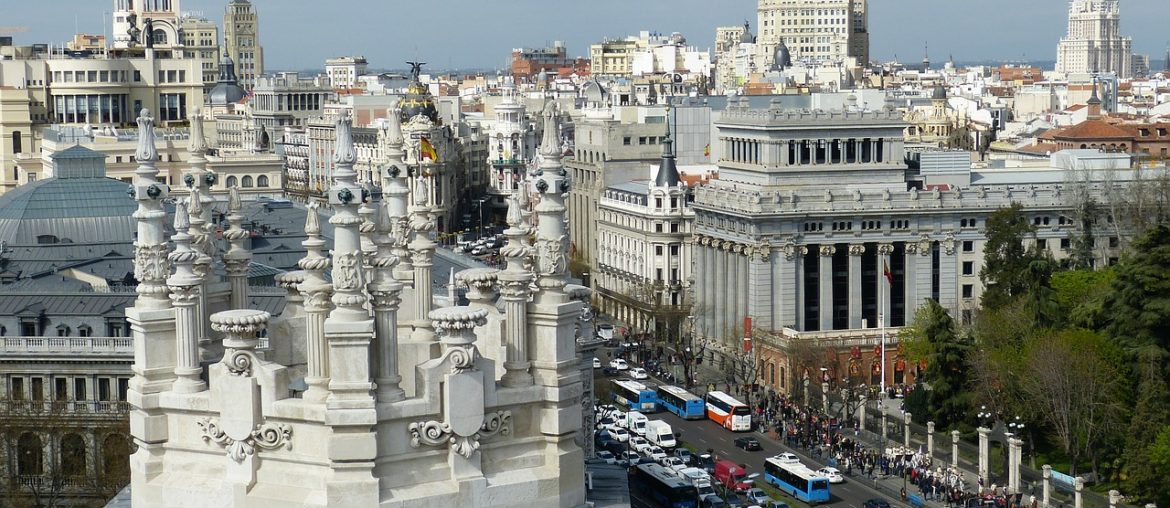Located at the heart of the Iberian Peninsula at an altitude of over 600m above sea level, Madrid is the highest capital city in Europe. It is really challenging to tell when is the perfect time of a year to visit Spanish capital. In the summer temperature goes above 35 °C and in the winter the snow-covered landscape never loses its charm despite freezing temperatures. It doesn’t matter what time of year you chose for your visit to Spanish capital do not miss the chance to visit these 5 magnificent places.
1. La Gran Vía
Better known as “Broadway of Madrid” or “The street that never sleeps” is a must stop for any visitor to this historical utopia. Most of Madrid stag do weekend adventures start here as its location marks the perfect start point for exploration of the city. The grand boulevard runs through central Madrid for a total length of 1 300 meters from the Plaza de España to Calle de Alcalá. It comprises three sections, the first of which extends from Alcalá Street to St. Louis Square, the second to Callao Square and finally the third to the Spanish Steps.
In April 1936, the first two sections took the name Avenue CNT before being renamed Avenue of Russia at the beginning of the civil war. A new change was made in November of 1937 in favour of Soviet Union Avenue. The same year, the last stretch takes the name of the Avenue of Mexico. On April 24, 1939, after the victory of the Francoists, the whole boulevard is named Avenue José Antonio.
Finally, in 1981, the socialist mayor Enrique Tierno Galván gave him for the first time the official name of Gran Vía.
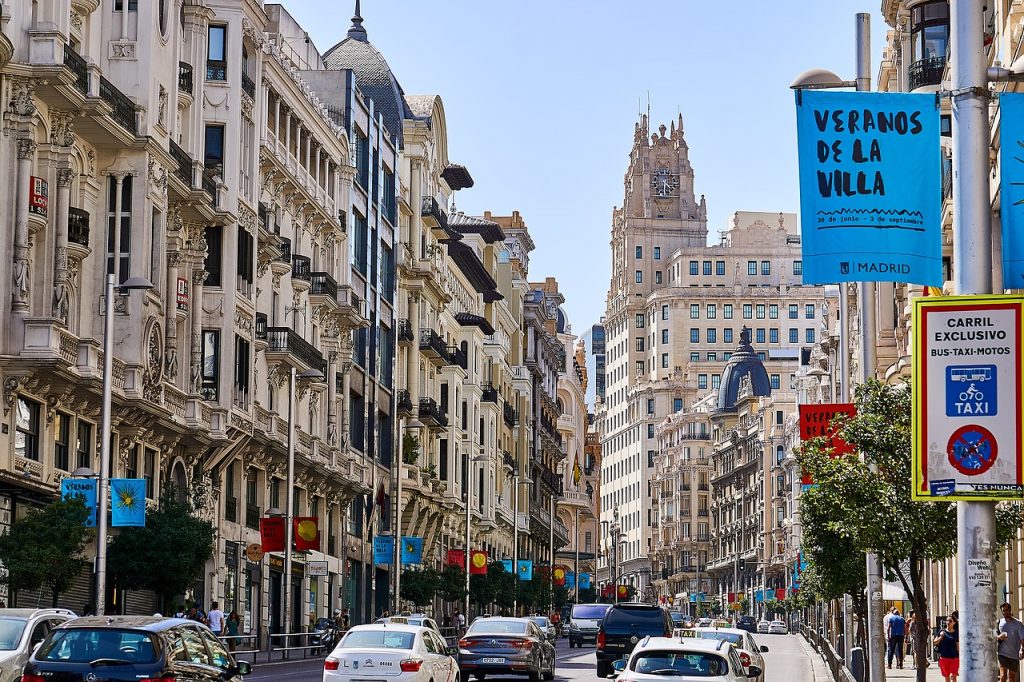
2. Retiro Park
What better way to enjoy a relaxing walk and a deep breath from urban metropolis than in paradise-like nature in the middle of Madrid. This park is a place where most residents of Madrid like to relax their minds from everyday activities. Also known as Parque del Buen Retiro or El Retiro this amazing park consists of a 350-acre spread of gardens, fountains and 19th-century buildings. A favourite spot for tourists and locals alike, the park features a large artificial pond where people can rents kayaks and canoes. An arcing colonnade structure on the east shore is the Monument to Alfonso XII. The Paseo de la Argentina, known as the Statue Walk, is ornamented with statues from the Royal Palace depicting Spanish kings through the ages.
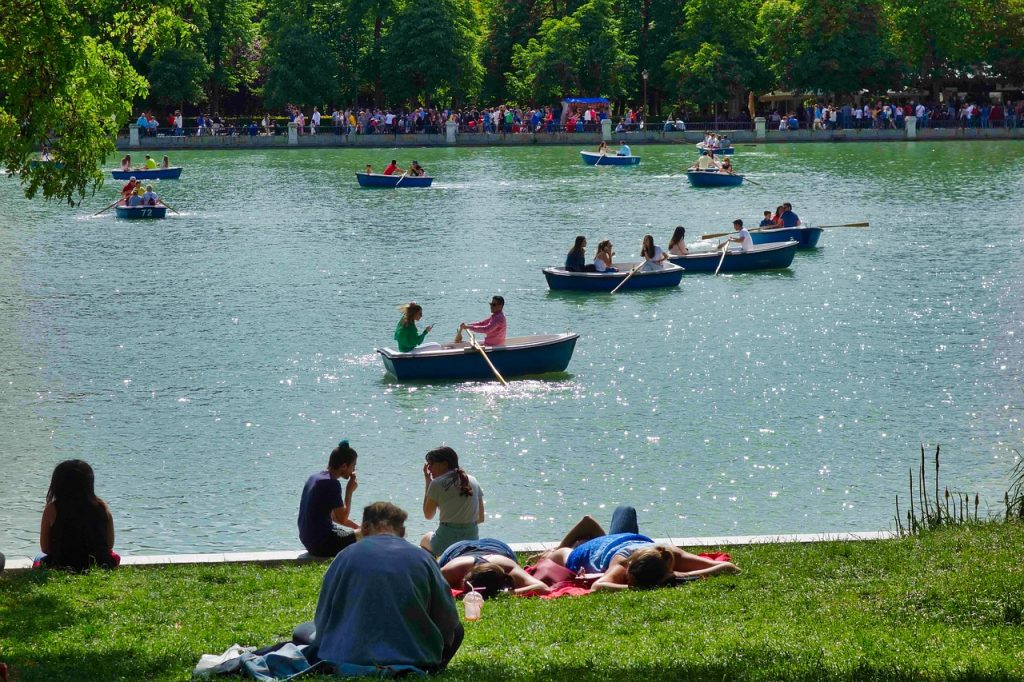
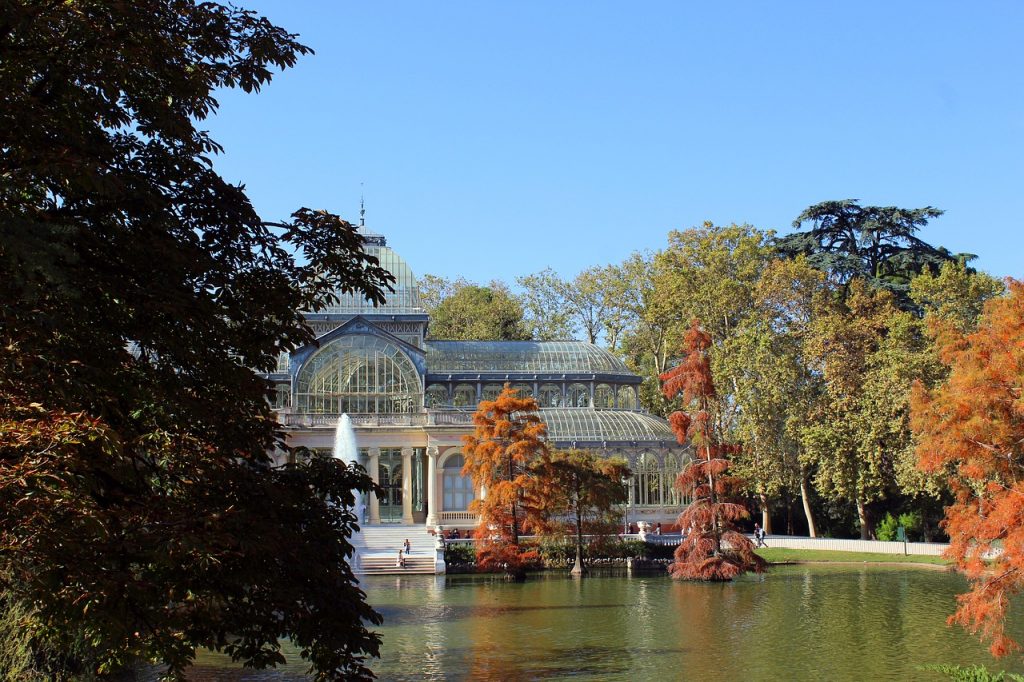
3. Plaza Mayor
The Plaza Mayor is located in the centre of the Spanish capital just a few meters from the Puerta del Sol and the Plaza de la Villa. The most famous of all Madrid’s many grand plazas, the Plaza Mayor dates back to 1619 when it lay outside the city’s borders and was used to host bullfights. In the middle of the plaza stands a statue of Philip III on horseback one of the historically most important Spanish rulers. Facing the plaza is the Casa de la Panadería, which also houses a tourist information centre. The baroque decorated walls of this plaza hide the brutal past of Spanish inquisition since many heretics met their fate here in the most charming part of the city.
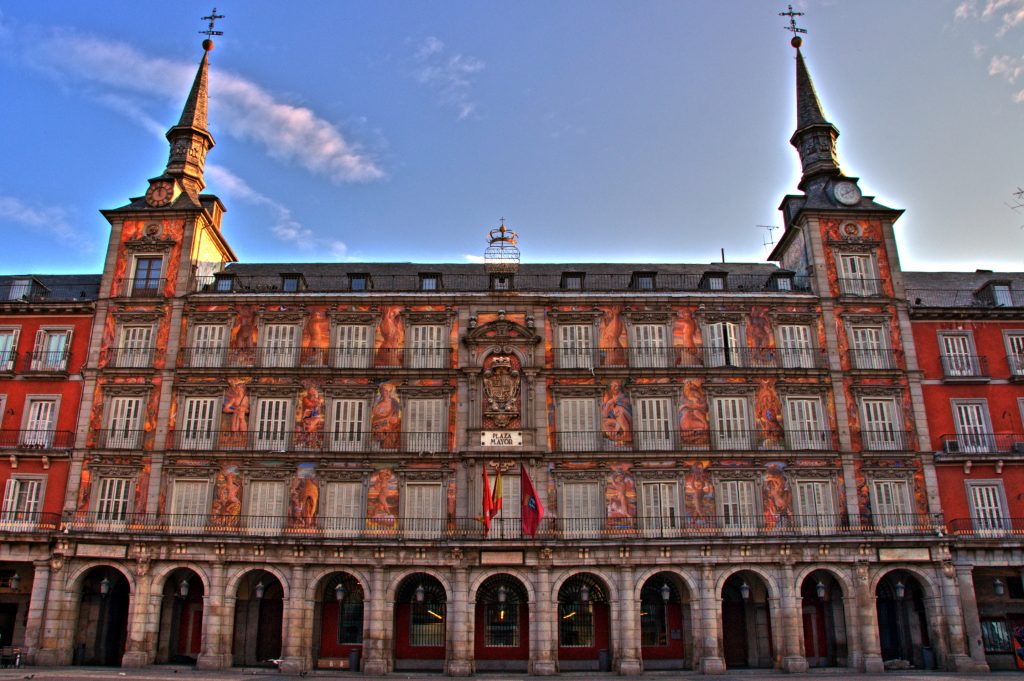
4. Palacio Real or Royal Palace of Madrid
No visit to Madrid is complete without visiting the vast palace where Spanish royalty use to control half of the world at the time. The walls of the palace resemble the stunning artwork of many internationally renowned painters. The halls of the palace were the place where Christofer Colombus presented to Queen Isabella the gift of “The new world”. The last royals to reside there were Alfonso XIII and Victoria Eugenie in the early 1900s. Although the palace is still used for official ceremonies, 50 of the structure’s elegant rooms are open to the public, including an armoury, pharmacy and the palace’s lavish throne room, or “Salón del Trono,” which features a ceiling painted by the Baroque artist Tiepolo.
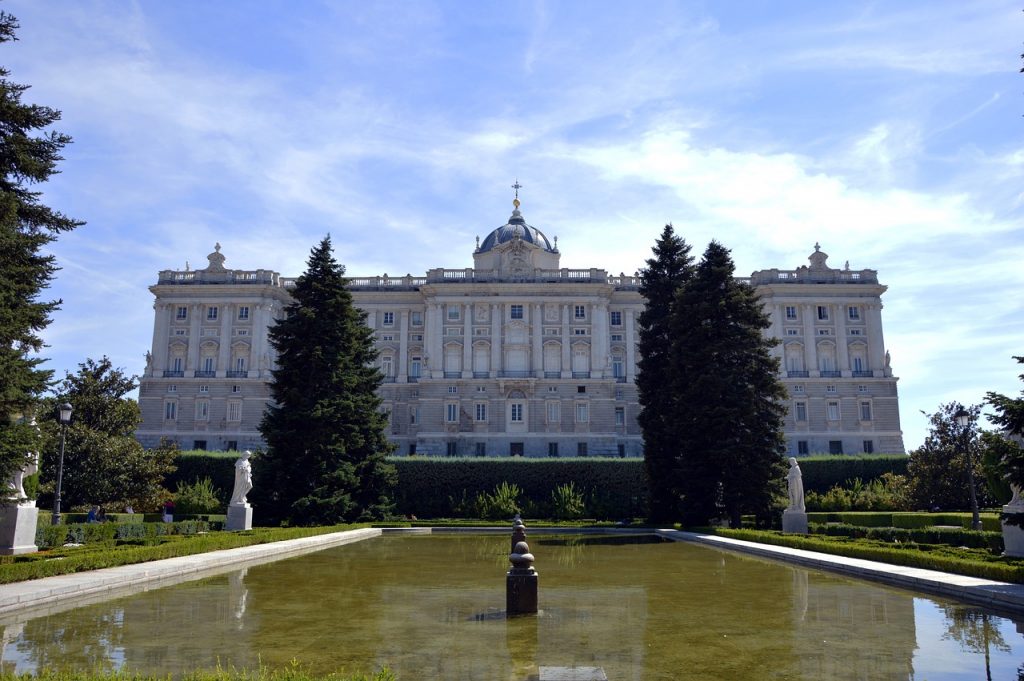
5. Temple of Debod
The breathtaking Temple of Debod is the most unusual attraction in Madrid and the only piece of ancient Egyptian architecture in Spain. The construction of Egypt’s Great Dam of Aswan meant that several historical monuments had to be moved in order to preserve them from flooding. Spain stepped in to assist, and as an expression of gratitude, the Egyptian government gave the Temple of Debod to Spain in 1968. Today this ancient temple stands in the serenity of lush parkland, with artificial ponds and many other intriguing tourist attractions.
